Critical Mass
A tipping point, a shift in the individual and collective imagination, a fresh sense of what is possible.
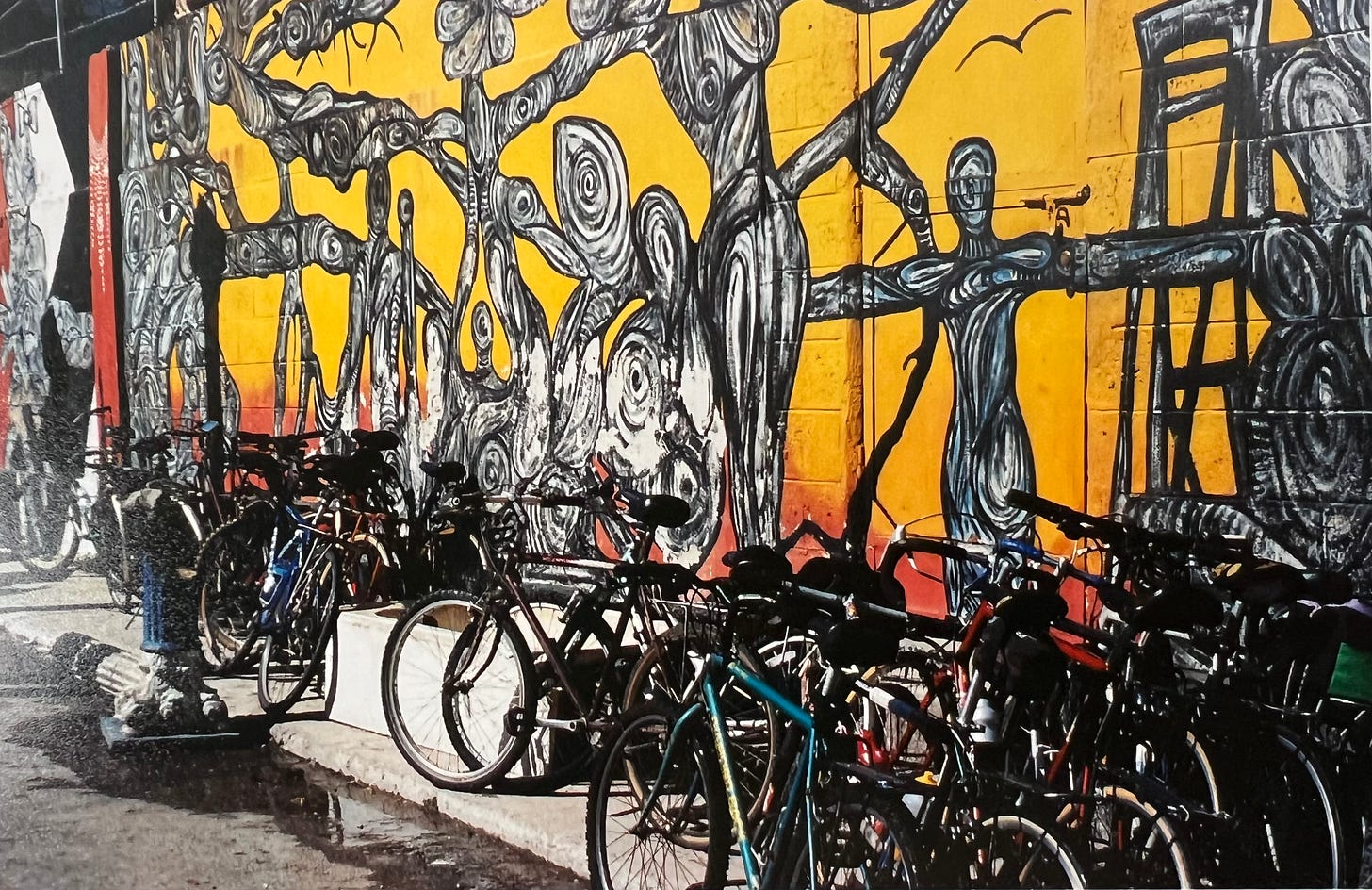
Dear friends and readers,
What does the term “Critical Mass” make you think of?
It’s a concept that I personally love. I think of the videos that sometimes cross my social feed, maybe you’ve seen them, too — they are scenes from densely populated and generally Asian cities where the streets are completely jam-packed with vehicles. The traffic appears chaotic and dangerous to a driver accustomed to lanes and signals. The video instead reveals a system more akin to the building crescendo of an orchestra or a murmuration of starlings bursting out of a tree to fill the sky. It’s poetic to watch. My heartbeat flutters a little to see the mysterious system at play, when the individual parts instinctively flow as part of a functional whole.
What is happening as single riders on bikes or motorbikes each come to an intersection one-by-one? Everyone stops and waits. The space continues to fill until every inch and cranny is packed full with single riders waiting. Then, and here’s the magical part, at some moment that is indiscernible from the moments that came before for those of us watching on our screens, the dam breaks. All the water gushes through the intersection, a powerful surging mass, a force of nature.
For anyone riding bikes on urban streets in the 90s, the term Critical Mass was associated with a defiant celebration on wheels. The first ride that used the name was in September of 1992 in San Fransisco and spread to cities all over the world. I first participated in Austin, Texas and the experience made me giddy. Then, as a hardy bike commuter in Washington, DC in the late 90s, I appreciated how the Critical Mass rides visibly demonstrated that there were in fact a lot of bikers creatively navigating a landscape typically crowded with irritable drivers in big, heavy cars. Riding alongside edgy bike messengers and old political junkies down a momentarily wide-open street helped me to appreciate the beauty of that otherwise loud, tense, and breathless urban geography.
In an introduction to an anthology published in 2002, ten years after the first bicyclists called themselves Critical Mass, one of the original riders and the book’s editor Chris Carlsson wrote:
“Originally a term applied to nuclear fission, it has become a rallying cry for bicyclists, rejecting the priorities and values imposed on us by oil barons and their government servants. But Critical Mass bicycle rides are not a protest movement as we commonly imagine. Instead, riders have gathered to celebrate their choice to bicycle, and in so doing have opened up a new kind of social and political space, unprecedented in this era of atomization and commodification. Bicyclists are reclaiming city life from San Fransisco to St. Louis, Melbourne to Milan, Berlin to Bombay, and hundreds more cities across the planet.
Critical Mass started in the dark days of 1992 not long after Bush #1 had manipulated Iraq into becoming the new boogeyman, massacred thousands in the Gulf War and declared a New World Order. Critical Mass had already spread to over a dozen cities by the time the Zapatistas rose on New Year’s Day in 1994 (against the ‘free market’ neoliberal deal NAFTA was shoving down Mexico’s throat). Since the Zapatista uprising, the myriad movements contesting corporate globalization have grown in the shadow of the famous ‘irrational exuberance’ of the 1990s. Alternative seeds have sprouted into thickening branches of oppositional and visionary movements, from Reclaim the Streets to community gardening to the summit-hopping Turtles for Teamsters.”
I read that now and feel a stirring of inspiration, but also it reminds me of the huge trouble we are in. I watched the Zapatistas march through Oaxaxa City, I protested the World Bank and IMF, and I contributed an article to the anthology about Critical Mass rides in Madison, Wisconsin. But I don’t consider myself an activist. I’m just a mom, a yogi, a writer. So now what?
People of course ask, Whatever happened to Critical Mass? Some theories from Isaiah Thompson at The Nonprofit Quarterly are:
Theory 1: Critical Mass (kind of) won
Theory 2: The movement became professionalized
Theory 3: Critical Mass became a party
Theory 4: We forgot how to gather
Each of these seems to have some validity, and there’s more to it.
In this critical moment that requires extreme creative energy and also a bit of the Critical Mass spirit of rebellious joy in being different, I asked Chris Carlsson what he thought. He responded to my email to say, “I'm sure there are elements of truth to [those] four propositions. I've heard them all. But as I understand it, CM was never a "thing" that made demands. We were a mobile occupation of public space that had long been lost to the oil, rubber, and private car industries. For a few years we took it back and opened it up and turned it into something remarkable, open, and for short bursts, unpredictable. It's impossible to describe how profoundly it affected/shaped countless imaginations about how different life could be...
That imaginative revolt is needed now more than ever!”
For Carlsson, who has ridden his bike in San Fransisco since 1978, he says the simplest explanation is that bicycling has become so normal that the special cachet that made so many identify importantly as "bicyclists" has disappeared into the everydayness of using a bike as a utilitarian device.
For me, the increased love for bikes and presence of cyclists has been one of the hooks I hang my optimism on. Biking in Madison is easy now! My kids are basically part of a Critical Mass every morning and afternoon on their way to and from school. The bike racks at their middle and high schools are jam-packed, and they have zero of the awkwardness I would have had about biking to school. Our city’s bike routes are extensive and, at rush hour, crowded.
Not that long ago I used to transport my young kids on a not-electric cargo bike. People would truly come running over to us at intersections to ask about the amazing Yuba Mundo we were riding. Now I think every fourth bike I see is a cargo bike of some sort! That feels like progress on something that matters a lot to me. Maybe Critical Mass played a part? It probably did for me personally as it made me realize the power I had over my life choices and lifestyle.
Right now, in this moment of reckoning, how are we showing up? Can we assert our option of choosing something other than the madness? Can we stay joyful? Is there something ‘real’ and ‘beautiful’ about our life that ‘they’ cannot take away or ruin? These are the questions I see people, including myself, grappling with. What is the critical revolution we are individually capable of that might eventually be a poetic crescendo that spills over in some way that is yet indiscernible to the casual observer behind a screen?
I so appreciate you each as individuals with ideas and energy. And I like that we are here together. It means something to me, to have this little movement. Thank you for wandering and thinking with me.
hugs,
Jessica
PS: I’ve been wondering where ‘the movement’ is right now and am noticing bursting-to-the-seams yoga studios. As this is another one of the cultural indicators I pay attention to, I’m intrigued. When I wanted to buy a yoga mat in 1997, I found a flyer at a tiny health food store that led me to a woman who cut individual mats from a bulk roll of purple foam at her home. Now you all know where to get a yoga mat these days. Anywhere. And a few years later when I taught yoga, I was happy if eight people showed up. Today you’ll have a hard time finding someone who doesn’t know what a downward dog is and where to attend a class. So why does this matter? Because any real yoga teacher is teaching highly revolutionary stuff. So if you are wondering where the radicals are gathering energy and focus, maybe check out a yoga studio.




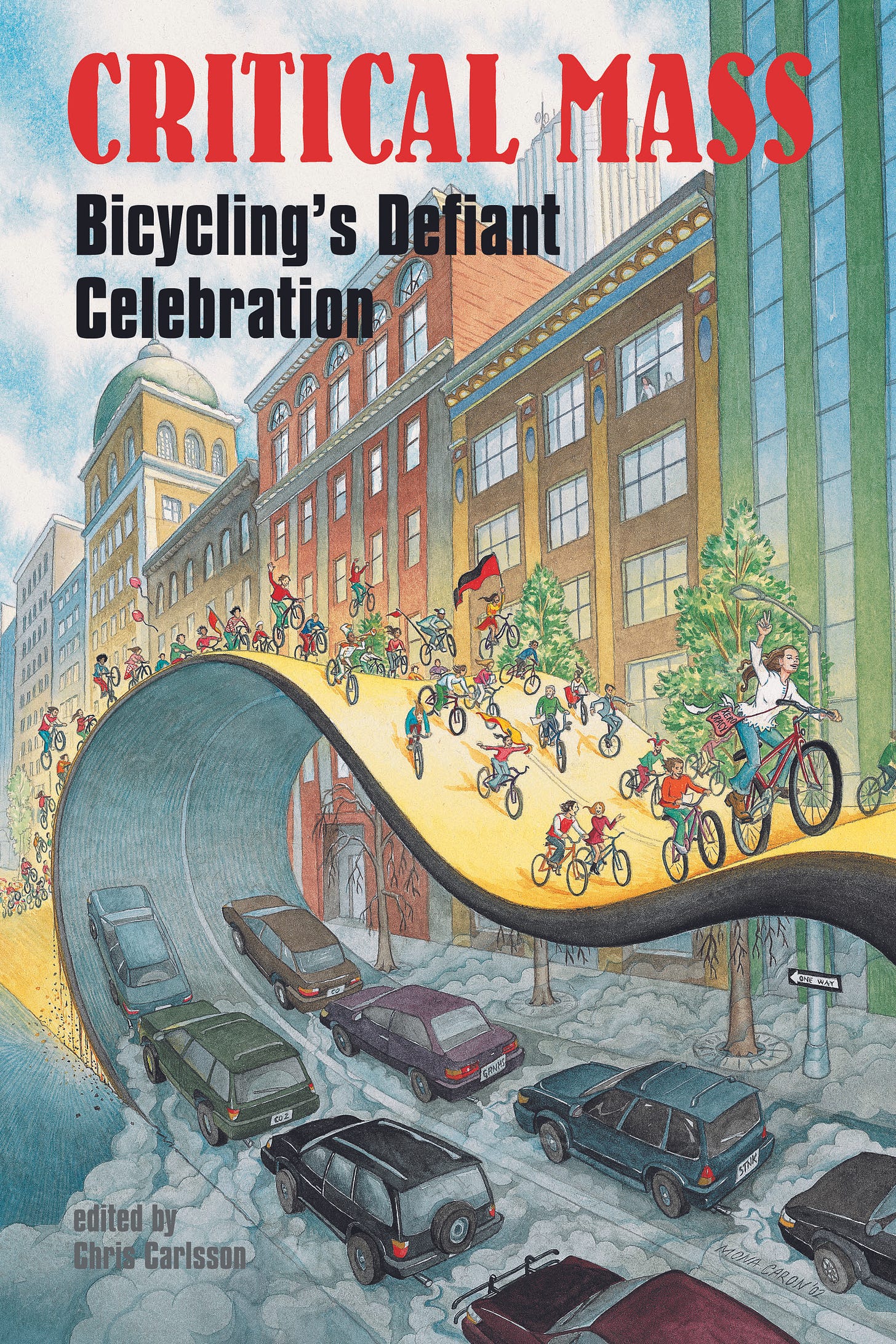
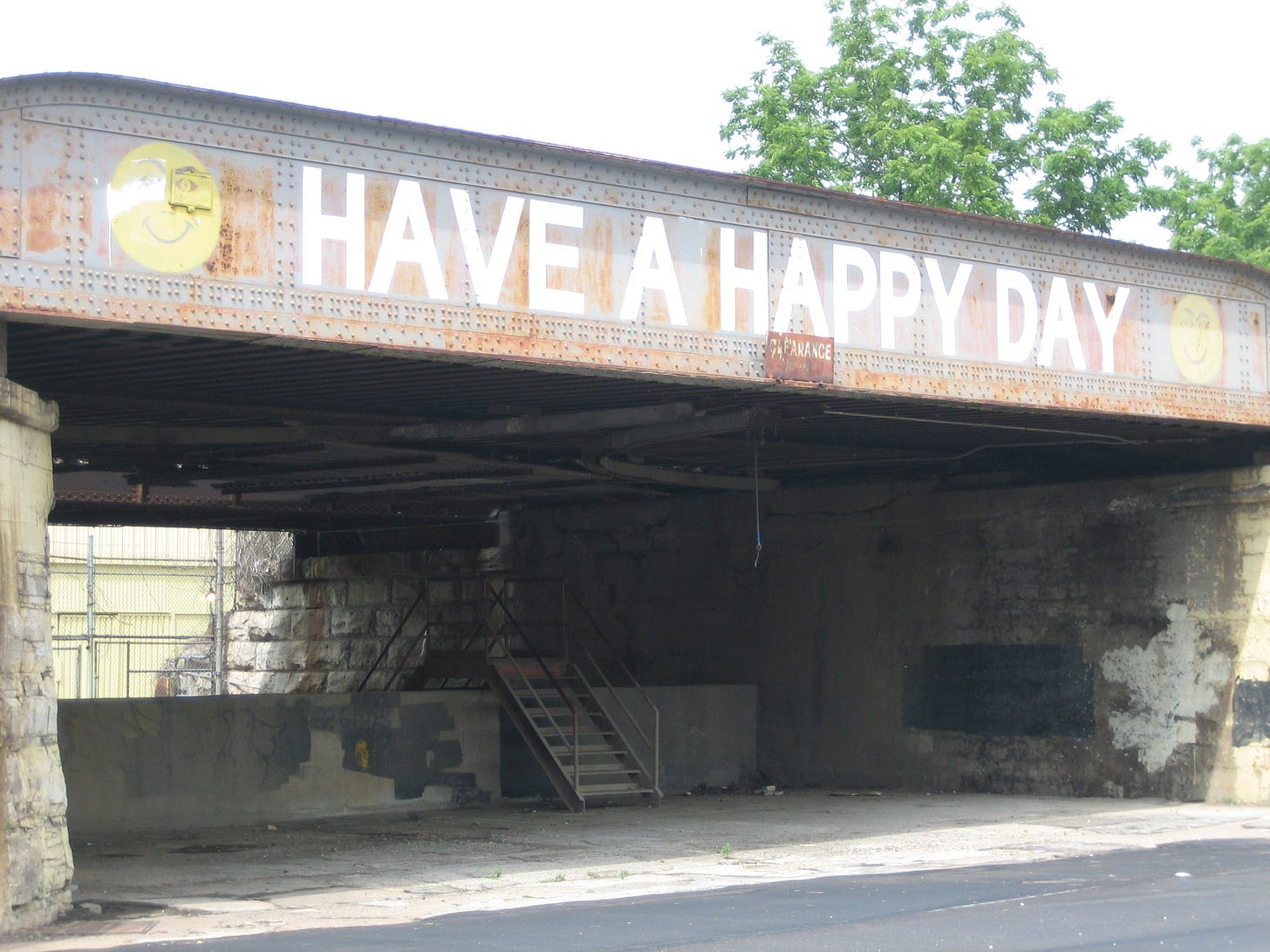
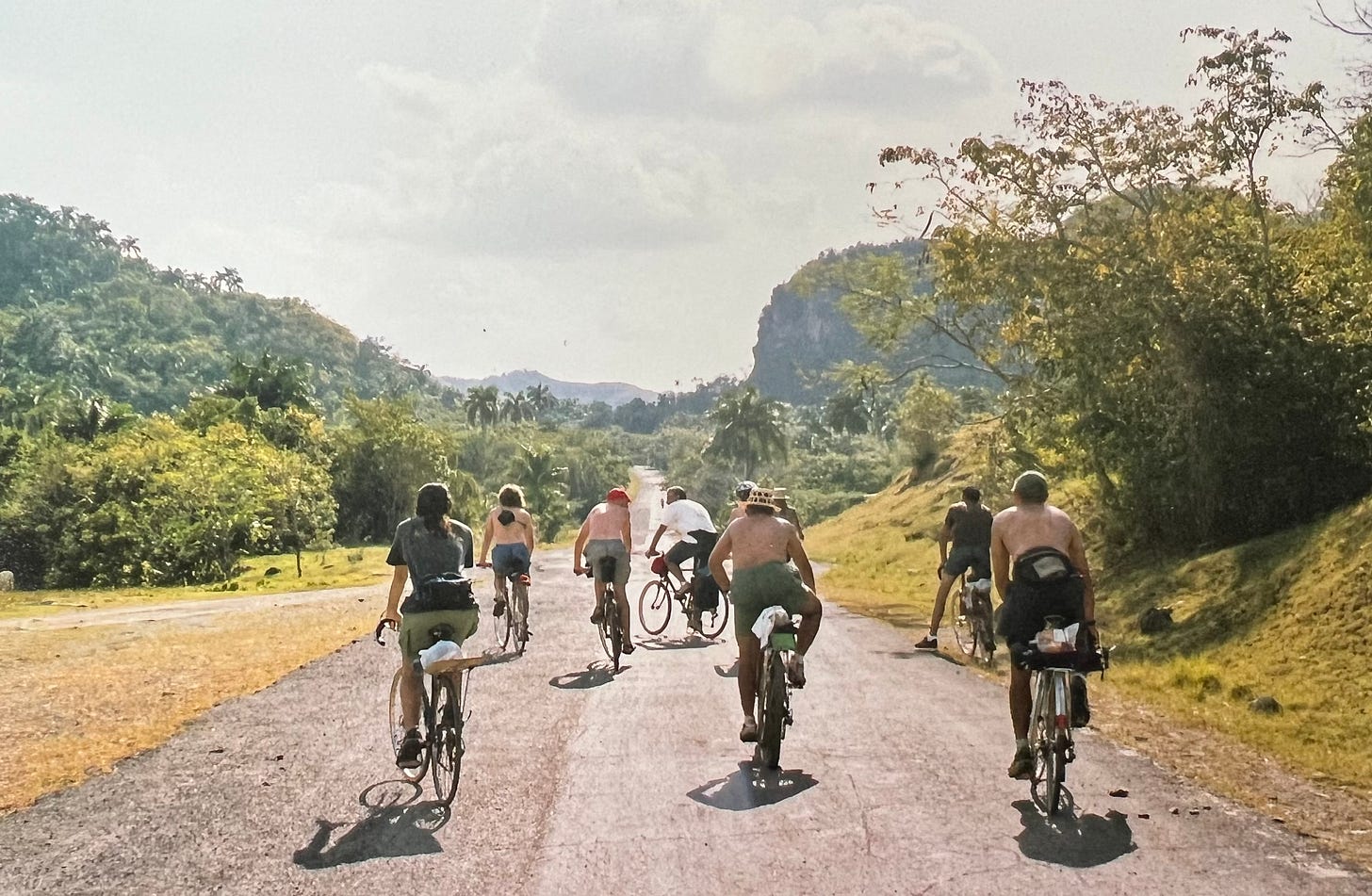

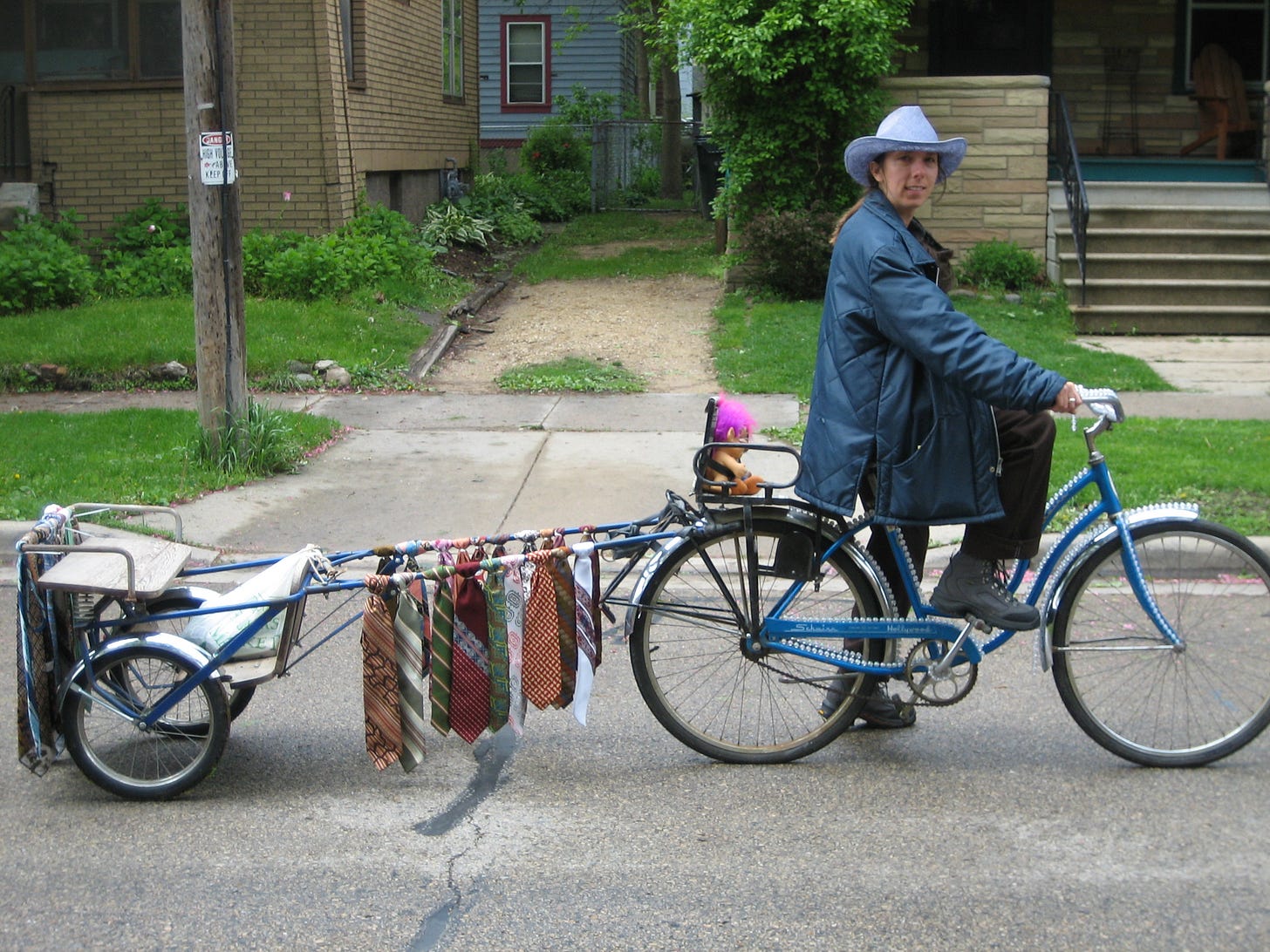
Love love! Bring Back CM Jessica!
Ah:, such a timely and inspiring piece! And thx for bringing CM back to my mind….Also this inquiry is GOLD👉 “What is the critical revolution we are individually capable of that might eventually be a poetic crescendo that spills over in some way that is yet indiscernible to the casual observer behind a screen?” Thank you for sharing!